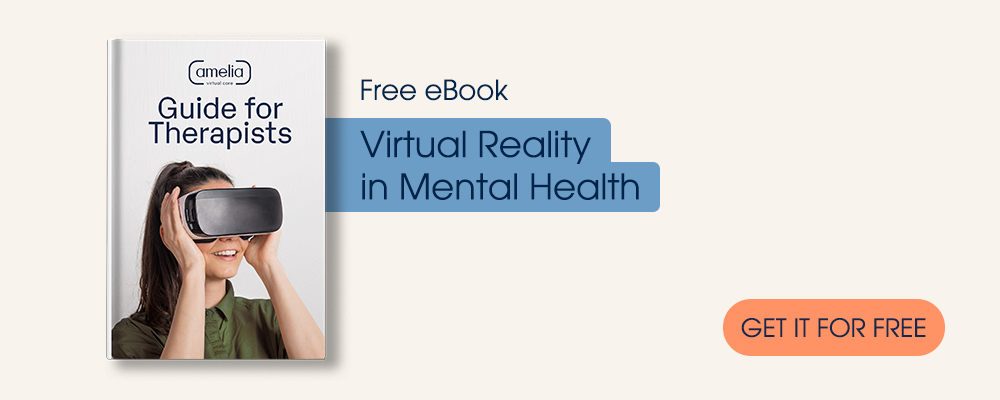Hospitals, clinics, and other medical settings can be scary places for children. Children with chronic illnesses, especially those who require frequent procedures and interventions, often experience high anxiety levels because they associate those visits with pain. Distraction during these interventions allows for a smoother process and for the child to be less traumatized.
Advances in technology have allowed virtual reality to be used in pediatric medical settings before, during, and after procedures to distract patients with fully immersive, relaxing sensory environments and interactive games that significantly impact the anxiety and pain they usually experience. Studies have shown that virtual reality can be a game-changer in helping pediatric patients tolerate procedures.
In today’s post, we’ll explore how virtual reality works to distract children from pain during medical interventions.
How does virtual reality work for distraction?
Hospitals and medical centers have been experimenting with virtual reality for years. Still, it has only been recently that the technology has become accessible, portable, and affordable enough to be used as a tool to help patients.
Virtual reality works to distract patients from pain because it engages the brain biologically so that the frontal lobes are inhibiting the signal coming in by shutting off the incoming pain signal at that spinal level so that it never reaches the child’s brain, or perception, or experience.
Instead of focusing on needles and other scary-looking medical instruments or anticipating any pain the procedure will cause, children can instead explore and immerse themselves in digital worlds and fun games. It has been found that virtual reality headsets can also decrease the need for pain medications along with reducing children’s trauma.
When engaged with virtual reality during medical interventions, pediatric patients often don’t realize that procedures such as a blood draw or the placement of an IV have happened until after it’s over because they were so focused on their virtual reality experience. The reduction of pain is often directly related to the level of attention and engagement because less attention is available for pain perception.
The Impact of virtual reality on pain
Many pediatric patients with serious illnesses need to undergo medical interventions multiple times a week. The anticipation of knowing they have to have a needle or any other painful procedure is very stressful for most children. By the time they even get to the clinic or hospital, they’re already distressed about it.
The impact of virtual reality can last long after the procedures are over. Scientific evidence shows that pain perception can be repressed when a person’s attention is diverted away from unpleasant stimuli towards more appealing ones.
Having a positive experience rather than a frightening or painful one when undergoing medical treatment can change a child’s perception of hospitals and change their whole outlook on future treatments. Using virtual reality, children who previously associated those procedures with pain will have a lot less anxiety going forward. Less stress and trauma can have a hugely positive impact on recovery.
Amelia Virtual Care virtual reality solutions for pain
Medical procedure-related virtual reality environments can be extremely practical and beneficial in working with patients suffering from anxiety related to medical interventions. Fear of needles (Trypanophobia), phobia of blood, and anxiety surrounding procedures such as MRIs are common in pediatric patients- as well as adults.
Pain distraction techniques used for kids during medical procedures typically involve music and movies. While those can alleviate some of the anxiety and work to distract them to a point, virtual reality takes it one step further by offering a totally immersive experience.
Amelia Virtual Care offers many virtual reality solutions for pain distraction, including guided imagery, mindfulness exercises, concentration games, and simulation of certain medical procedures such as blood tests, blood draws, magnetic resonance imaging (MRI); all interventions that children with chronic illnesses routinely endure.
Preparing children for hospitalizations and medical procedures is always a daunting task. Along with virtual reality experiences used during procedures, the use of VR offers an opportunity to prepare patients for future procedures via simulation to reduce anxiety.
Are you interested in learning more about the VR settings for medical procedures? Feel free to contact us! We’d love to set up a demo session with you to explain the different virtual reality environments and how they work.













